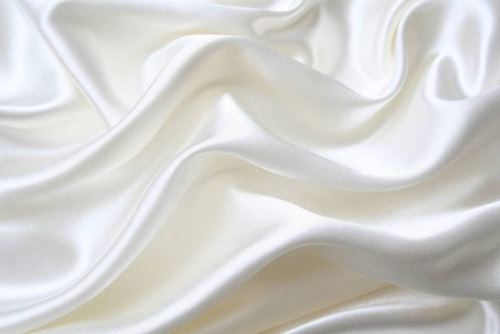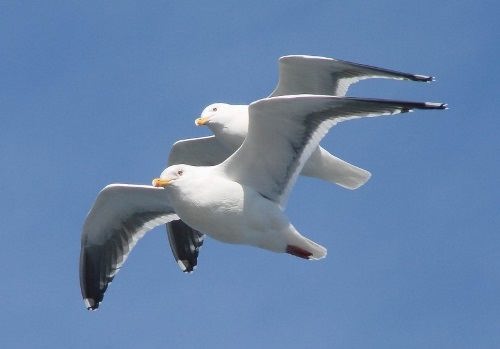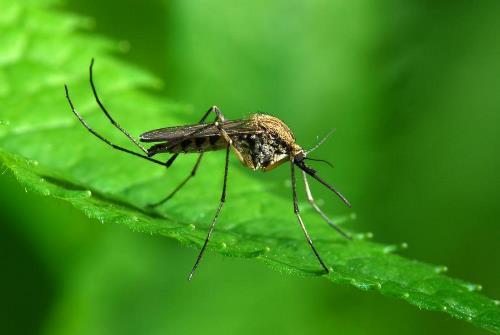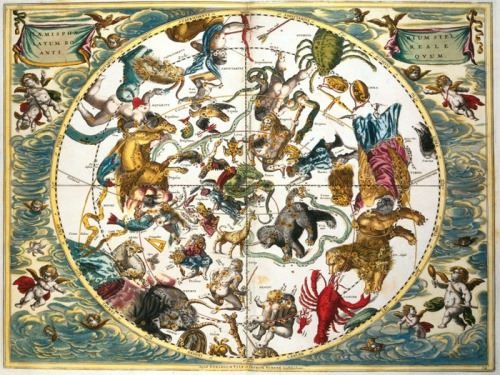Interesting facts about wonderful silk
Silk is one of the most valuable and beautiful fabrics. It was highly appreciated a millennium ago, and our contemporaries are fond of it. You know, it is produced from threads extracted from the cocoon of silkworm. The length of one such thread from one cocoon can reach 800-100 meters!
Silkworms are actually caterpillars, not worms. They build cocoons to protect themselves while they change into a moth.
By the way, some spiders also make silk. They weave silk webs to catch insects. However, the silk made by spiders is too thin for making cloth.
To process silk, the cocoons are first put in hot water. This softens the cocoons so the silk can be unwound.
Silk was such an important product during ancient times that the major trade route between East Asia, West Asia, and Europe was called the Silk Roads.
Interesting facts
1. The production of 500 grams of silk requires about 3 thousand cocoons of silkworm. It takes 12 hours of work to make a skein of silk thread weighing 250 grams.
2. Silk thread has tremendous strength, it withstands strong pressure and is very strong at breaking. Not so long ago it was found out that 16 layers of silk withstand a bullet from the Magnum 357 (with a lead core).
More »






